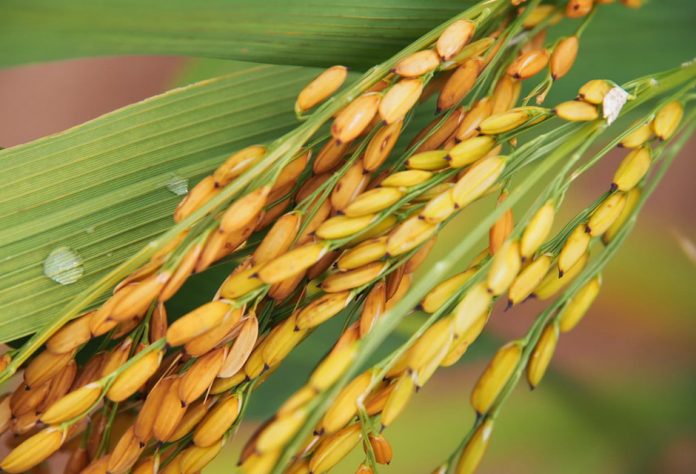The introduction of improved upland rice varieties has vastly expanded rice production in Uganda – reducing imports by a third. For many women farmers, the change is not only bringing a valuable new crop, but also more bargaining power with their husbands, said a study published in the Journal of Eastern African Studies.
“Introduction of the NERICA-4 rice variety has challenged the traditional dichotomy where men produce high-value cash crops and women produce low-value food crops. In Uganda, rice is a high-value food crop produced by both men and women,” explains Johanna Bergman Lodin, who has spent several years researching the impacts of NERICA-4 on smallholder Ugandan farmers. “This totally changes the usual gender dynamics. With the production of this high-value crop, women are recognized as being contributing partners in a joint endeavor – and not just as free family labor, helping the husband with his commercial crop.”
The NERICA-4 variety is appreciated for its hardiness, high yields, and shorter maturation time (compared with traditional rice varieties). NERICA (short for New Rice for Africa) varieties include a group of 18 upland rice varieties developed by CGIAR Consortium member, the Africa Rice Center (Africa Rice) and national partners. They are based on crosses between the robust African species Oryza glaberrima, and higher yielding Asian species Oryza sativa. “The introduction of NERICA-4 – and upland rice cultivation in general – has a very different trajectory in East Africa,” says Bergman Lodin. “In the Ugandan context, NERICA-4 cannot be meaningfully analyzed as a new variety – for many farmers it is a new crop!”
NERICA-4 enjoys strong support from the Ugandan government, particularly for its contribution to increasing food security and incomes while reducing dependence on foreign food imports. Today, Uganda is one of leading producers of NERICA-4 and ranks 12th in Africa for overall rice production.

























